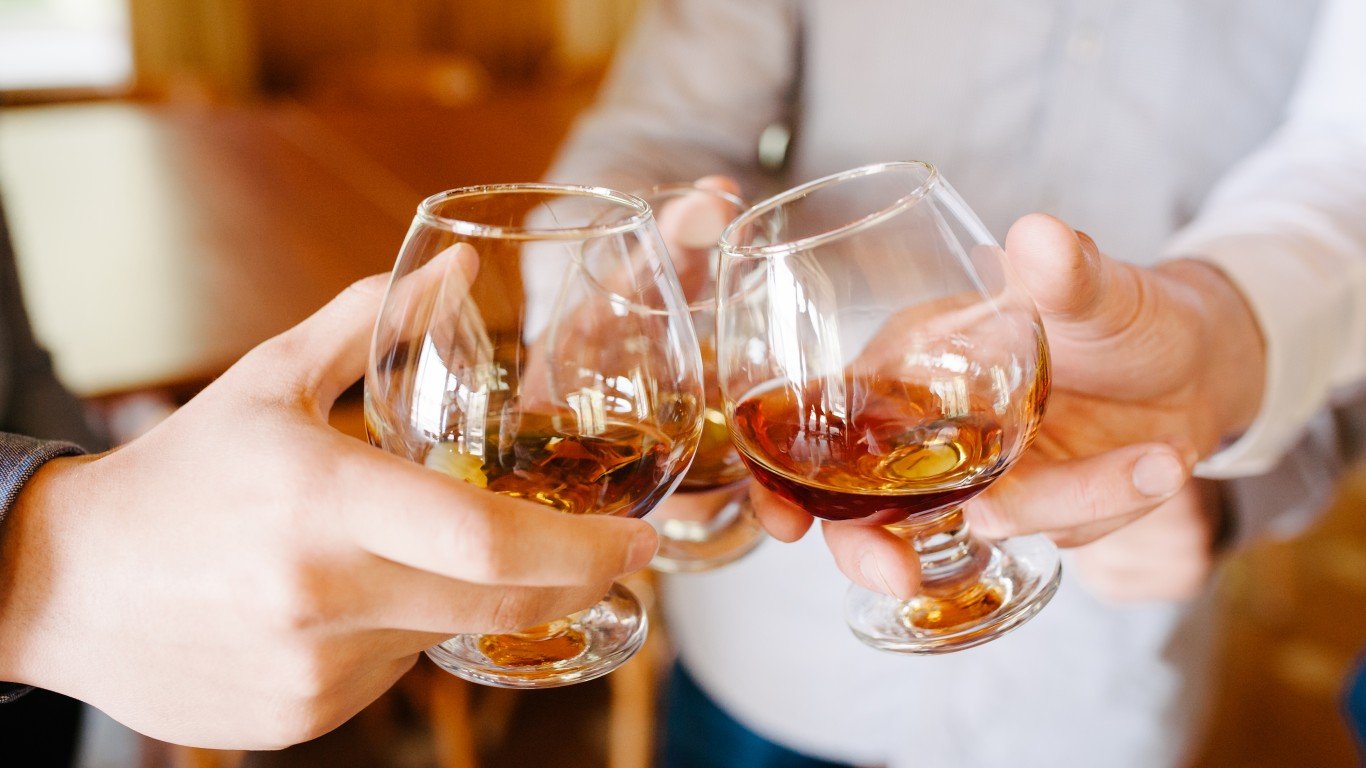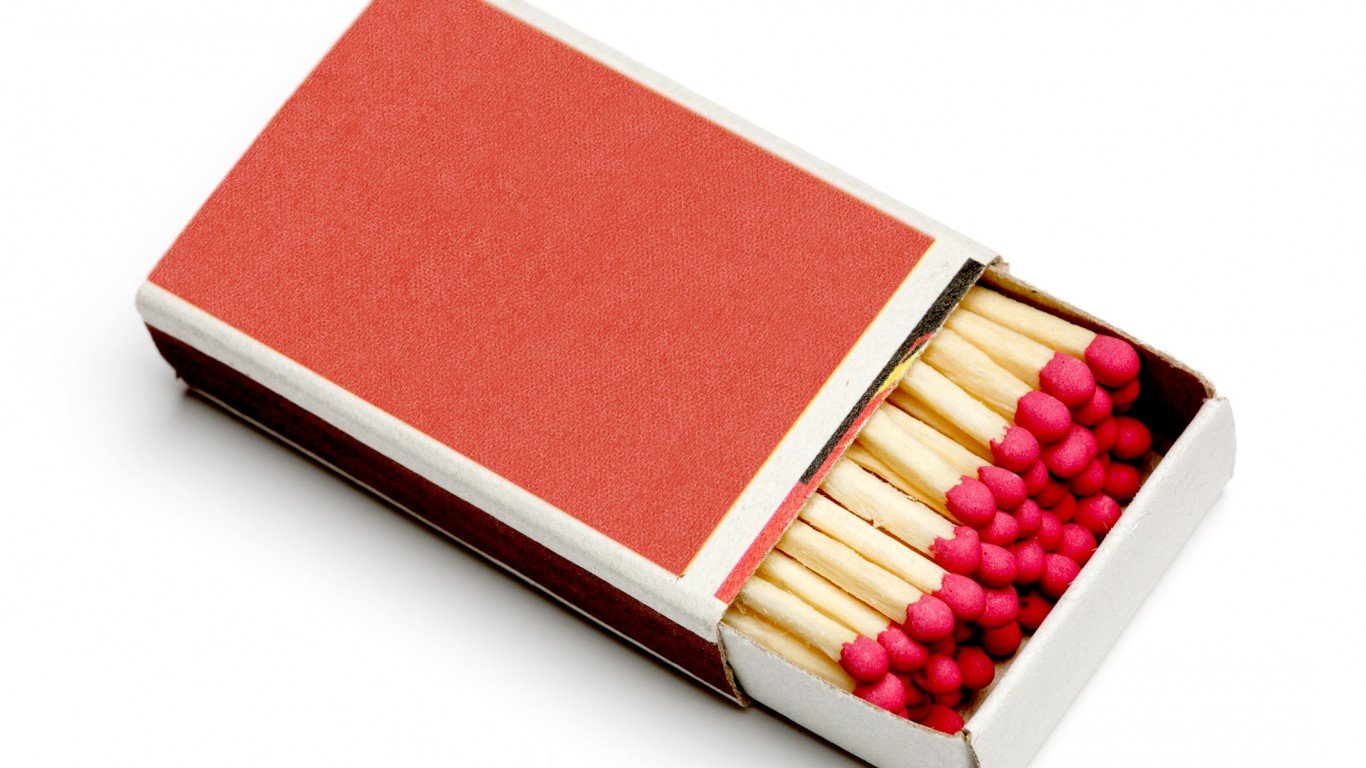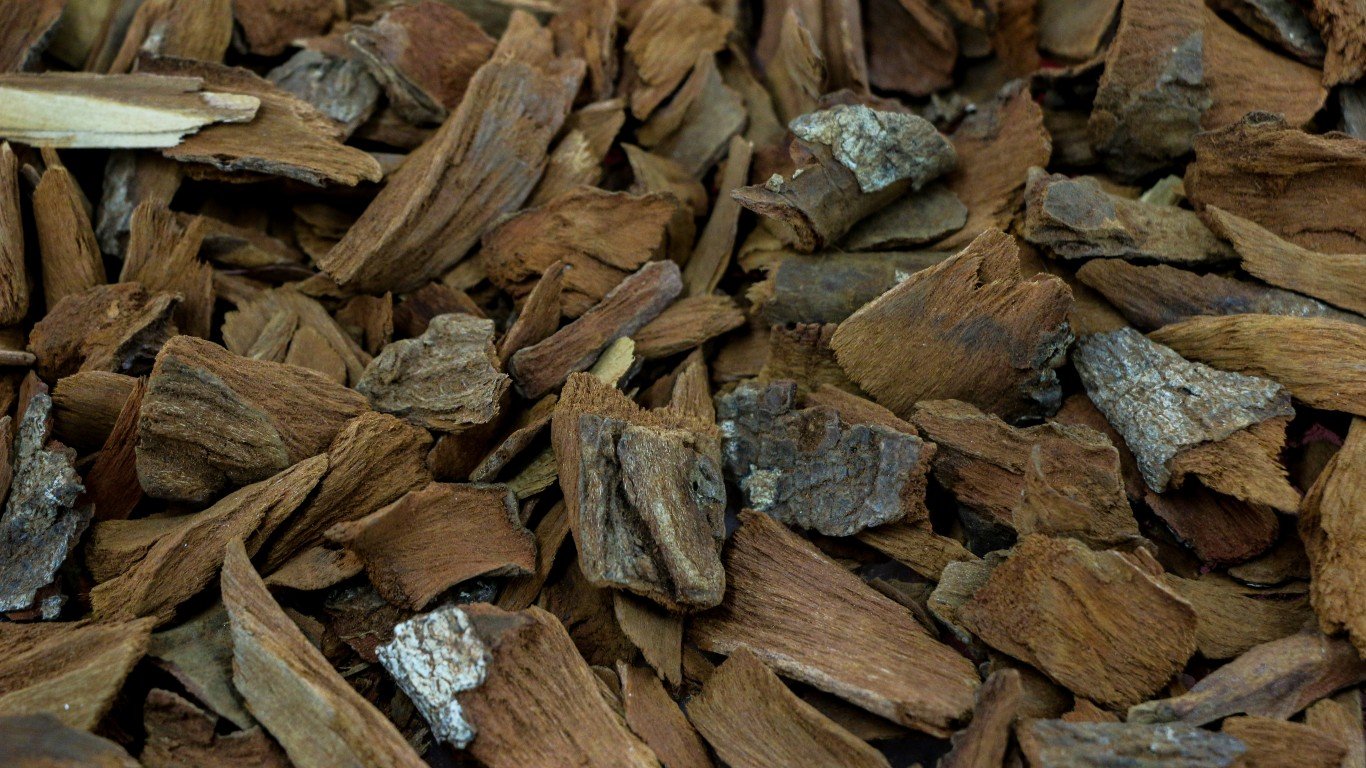Quinine
>Year: unknown
native Andean people
Before Jesuit priests introduced the malaria treatment quinine to Europe in the 17th century, they learned of its properties from indigenous Andean peoples. According to Andean legend, a man delirious with malaria was lost in the rainforest and drank bitter-tasting water from a puddle under some quina-quina (cinchona) trees. The tree had been previously considered to be poisonous, but the man’s fever soon abated and his people began using the tree bark to treat fevers. Andean people likely taught it to Jesuit priests.

Brandy
>Year: 16th century
According to folk accounts, brandy was invented when a Dutch ship captain, who wanted to ship higher quantities of wine, decided to concentrate wine by removing the water before transport. Although his intention was to water it down again at his destination port, he liked the concentrated wine so much that he kept it that way, calling it brandewijn, meaning “burnt wine.”

Matches
>Year: 1826
A British pharmacist named John Walker was actually working on a paste that might be used in guns. He stirred chemicals with a wooden stick, and when he tried to scrape off the dried substance on the stick, it caught fire. Walker soon began marketing these fire-starting “friction lights,” which he packaged in a box with a strip of sandpaper for scraping.

Vulcanized rubber
>Year: 1839
Although natural rubber was a popular substance used in bootmaking in the 1830s, it could not handle temperature extremes, either cracking when frozen or melting when heated. Chemist Charles Goodyear was conducting experiments with rubber, which he began mixing with sulfur to make it less sticky, when he accidentally dropped some on a hot stove. Rather than melting, it charred into a sturdy, heat-resistant substance soon to be known as vulcanized rubber.

Anesthesia
>Year: 1844
Although the psychoactive properties of nitrous oxide were discovered in the 1770s, the gas was almost exclusively used as a party drug amongst the British elite until the next century. In 1844, a dentist named Horace Wells attended a demonstration on the effects of the gas and noticed something interesting: a man who had bruised his legs while jumping around under the influence of nitrous had no idea that he’d hurt himself, and had felt no pain. Wells began using the drug in his dental practice, only after experimenting on himself by inhaling nitrous and having his own tooth pulled.


 24/7 Tempo
24/7 Tempo




